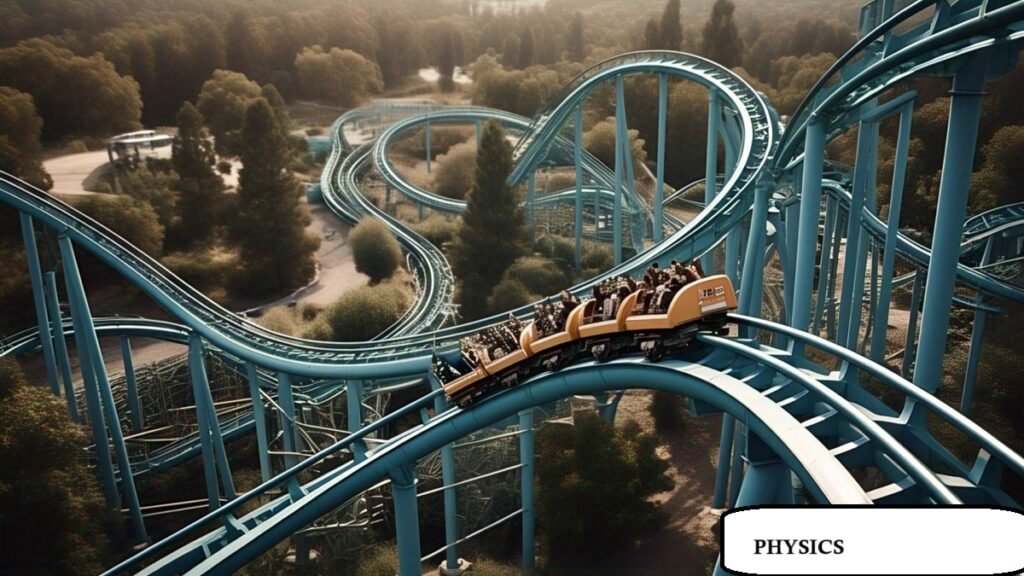Understanding Distance and Displacement: The Difference Between Total Distance Traveled and Shortest Path
When navigating from one point to another, we often hear the terms “distance” and “displacement” used interchangeably. However, in physics, these two concepts have distinct meanings that are crucial for understanding motion. In this blog post, we’ll explore the difference between total distance traveled and the shortest path between two points, shedding light on the …





